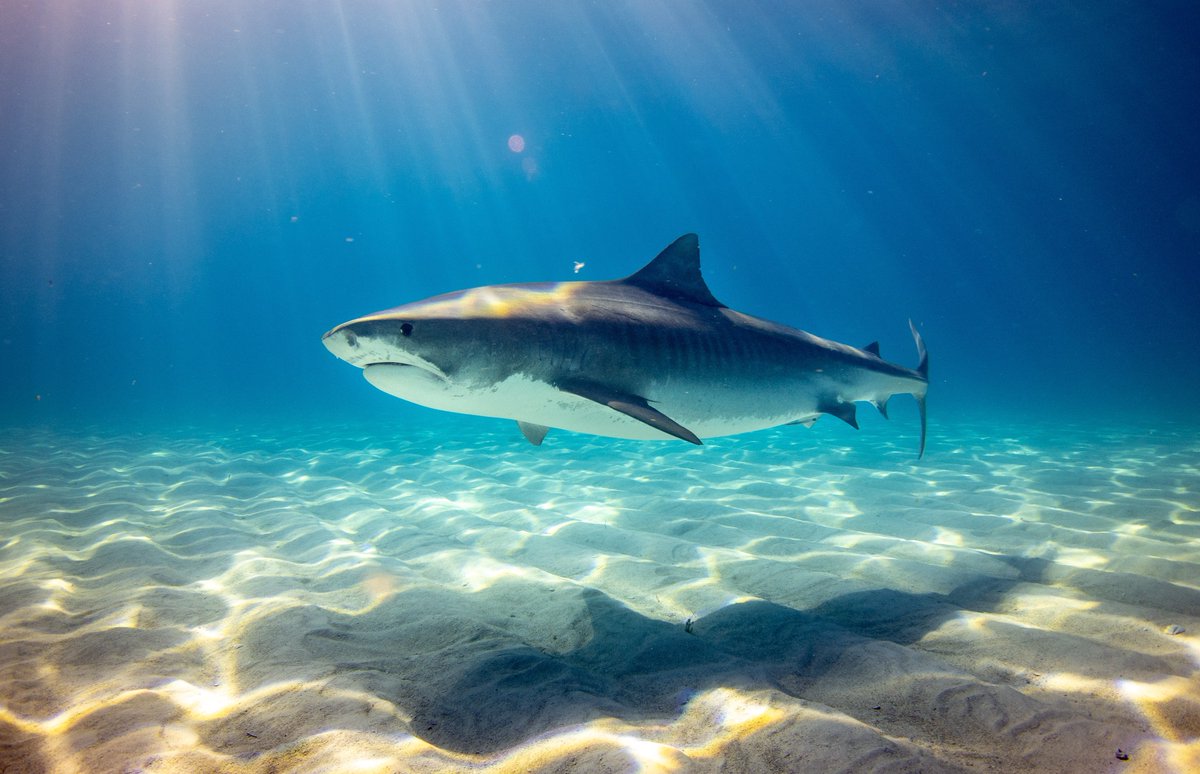
Bellinger river snapping #turtles are a great example of Taronga’s collaborative work on pathogen discovery and commitment to #conservation. #SavingOurSpecies #WildlifeHealth #ScienceWeek #reptiles 

When conservation-savvy locals raised the alarm that something was wrong with the #turtles in the Bellinger river, multiple agencies were there to help, including the ARWH who were responsible for finding out what was making these animals sick.
The AWRH found a nidovirus, one that had never been described before. This is also described here by @KarrieARose in a Taronga TV clip:
NSW NPWS (@nswenviromedia) and the DPIE #SavingOurSpecies team were on the ground immediately to save the last adult turtles, which were transferred to quarantine @westernsydneyu. The ARWH was on hand to ensure they were healthy, virus-free, and suitable for #ConservationBreeding 

The ARWH conducted work in the field to try and solve the mystery of where this virus originated. Was this introduced to the river, or has it always been there? #fieldwork #WildlifeCSI
#ConservationBreeding of the Bellinger River Snapping Turtles has been hugely successful at Taronga, and offspring of the founding animals have been reintroduced to the wild. #reintroduction
Here’s an excellent article in @ausgeo including a great video from @DPIENSW #SavingOurSpecies program on the Bellinger river turtle virus and response australiangeographic.com.au/news/2015/05/m…
• • •
Missing some Tweet in this thread? You can try to
force a refresh












